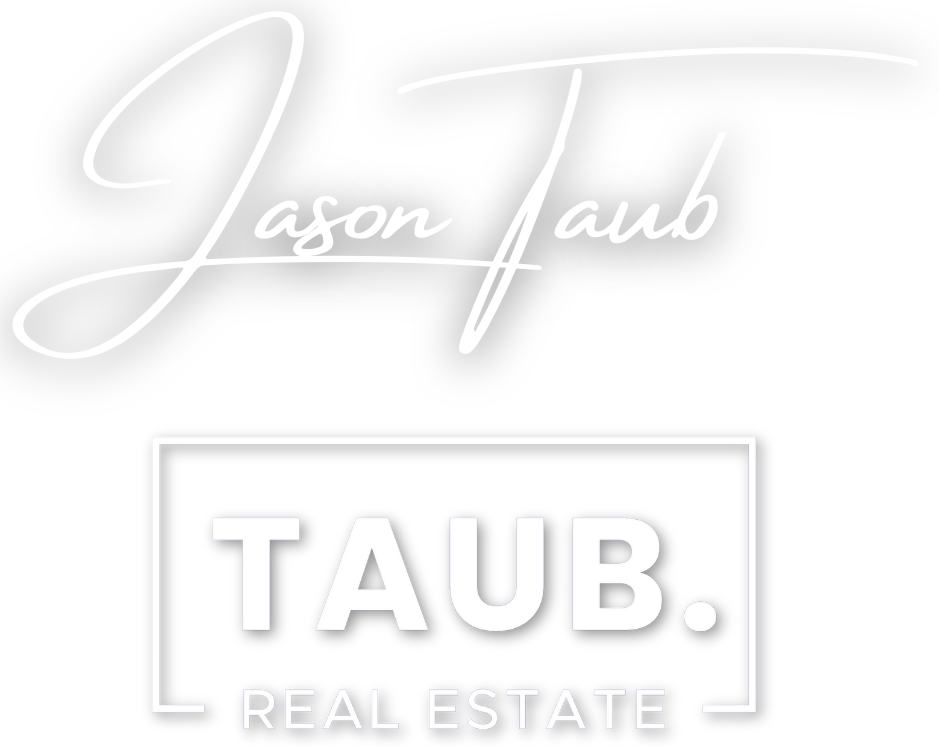Waterfront Home Considerations
Waterfront homes in Fort Lauderdale are in high demand and they offer the ultimate South Florida lifestyle.
With a waterfront home in Fort Lauderdale, enjoy being on or along the water during the day and countless Las Olas dining and entertainment options by night. Then, retire to your waterfront home for the evening where you can rest and repeat the quintessential Fort Lauderdale waterfront living experience all over again.
Fort Lauderdale is home to a seemingly endless variety of waterfront homes in unique neighborhoods. When purchasing a waterfront home, there are additional considerations that you should pay close attention to – Particularly measurements, location, condition of materials, amenities and more. You deserve a Real Estate Broker who guides you through all of these aspects of the property.
To accomplish your Fort Lauderdale waterfront real estate goals, you need a trusted local Real Estate Broker who has your back every step of the way. Contact Jason Taub at (954) 663-6032.
Measurements
Setbacks – This will determine the maximum length of a vessel you can dock behind your home. It’s calculated from the property line at the bow and stern sides of the vessel. In Fort Lauderdale, it’s typically 5 or 10 feet and it will vary by neighborhood. Example: If you purchase a home with 100 feet of waterfront and 5 foot setbacks at both ends, the largest vessel you can dock is 90 feet in length. This allows for the 5 feet of setbacks at each end of the vessel. Similarly, if you have an 80 foot vessel and you’re looking at a neighborhood with 10 foot setbacks, you will need a home with a minimum of 100 feet of waterfront.
Canal Width – A canal’s width impacts the size of a vessel allowed to be docked; Fort Lauderdale has a 30% rule meaning a docked vessel cannot take up more than 30% of the canal width, including the dock and beginning at the property line / seawall. Knowing the beam of your vessel is critical, especially for catamarans which are significantly wider than a typically vessel.
Canal Depth – Canal depths vary by neighborhood; Some can be as low as five feet and others up to twelve feet. Sediment buildup can change the canal depth over time so it’s critical to verify the draft of your vessel and canal depth at the dock to ensure access in and out regardless of tide changes.
Fixed Bridges – Not all bridges open; Not all waterfront homes offer ocean access. Know the draft, beam and height of your vessel so you can safely clear bridges at low and high tides.
Your Vessel – Know the beam, draft, length (including platform) and height of your vessel as this will play a critical role in finding the ideal neighborhood with waterways which accommodate these sizes.
Location
Waterway Traffic – Homes located along busy, trafficked waterways such as the Intracoastal Waterway can be subject to quick seawall degradation than a seawall on a less-frequented canal.
Location on The Canal – Property where the canal terminates may experience more stagnation of water or a buildup of debris. As a result, these properties are typically valued less compared to point lots which are the most valuable due to their location at the intersecting bodies of water.
Ocean Access Distance – Know the distance and time to the nearest inlet allowing access to the Atlantic Ocean.
Wake Zone vs No Wake Zone – Some homes along the Intracoastal are in a Wake Zone meaning they are unsuitable for larger vessels. These are locations where lifts for smaller boats would be appropriate.
Condition of Materials
Seawall – The seawall of any home should be inspected during the due diligence period as often potential issue could lie below the surface. A comprehensive inspection will identify any deterioration, cracks, holes or concerns with the pilings, dock and seawall itself.
Dock Material – Concrete docks are the most expensive and most durable; Composite is low maintenance; Pressure-treated wood will require maintenance for mold and rot. Some concrete and composite docks include a warranty which may be transferrable.
Amenities
Dockside Power & Water – While convenient for most boats, they are typically necessary for larger vessels. If this is a must have, let Jason know.
Hoists and Lifts – Verify the weight capacity for the specific watercraft you plan on utilizing.


